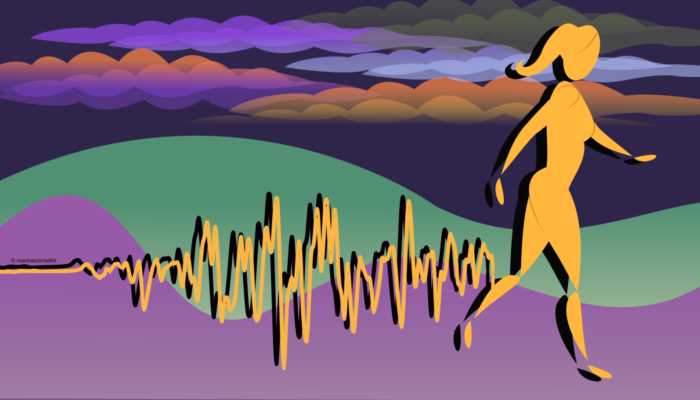
A successful development of professional identity is key to a thriving career. Yet, the steady underrepresentation of women in many facets of working life may threaten young career‐focused women in their professional identity projection.
‘Seeing is believing’ – a common saying goes. When women see other women fitting into diverse roles in the workplace, they project themselves more easily into those roles, boosting their self-confidence and aspirations.
In the development of professional identity, role models are essential. They are a source of learning, motivation, self-definition and career guidance (Gibson, 2004), and contribute to personal growth and career success. Social identity theories explain that we are generally attracted to individuals we perceive as similar to ourselves (Kohlberg, 1963) and that we tend to classify ourselves into groups of social categories, as a shortcut of our brain to understand ourselves better (Ambrose et al. 2018).
This ‘sense of belonging’ promotes improvement, adaptation, and alliance within the social category group, determining a faster way of sharing information (Trepte and Loy, 2017) and a boost of motivation, self-enhancement, and sense of purpose in life (Verkuyten and Martinovic, 2017).
The white male majority knows it very well. The availability of successful male role models has always been taken for granted and the lack of female role models does nothing but reinforce the stereotypes and the status quo. The careers of female professionals in the workplace are hindered by many obstacles. However, the lack of female role models has been reported to be the second biggest barrier (after stereotyping) to women’s career success (Catalyst, 2003).
While celebrating International Women’s Day on 8th March, we also take a moment to acknowledge women’s achievement in Seismology and to balance the traditional white masculine culture and leadership style.
‘Representing the Possible’ is a new blog series devoted to reinforcing a sense of authentic professional identity among early-career women seismologists.
“Building a sustainable future for all, means leaving no one behind” (cit. UN Women) and women’s perception of what is possible in their career future is shaped by how they draw inspiration and learn from past and present female leaders.
So, who are these role models? Follow us and get to know them!
Preface & Interviews: Marina Corradini
Revisions: Michaela Wenner and Maria Tsekhmistrenko
Read the interviews here:
References:
Gibson, D. E. (2004) Role models in career development: New directions for theory and research. Journal of Vocational Behaviour, 65: 134-156
Kohlberg, L. (1963) Moral development and identification, in Stevenson, H. W. Child Psychology: The sixty-second yearbook of the National Society for the Study of Education, Part 1, Chicago, IL, University of Chicago Press.
Ambrose, S. C., Matthews, L. M., & Rutherford, B. N. (2018). Cross-functional teams and social identity theory: A study of sales and operations planning (S&OP). Journal of Business Research, 92, 270-278.
Trepte, S., & Loy, L. S. (2017). Social Identity Theory and Self‐Categorization Theory. The international encyclopedia of media effects, 1-13.
Verkuyten, M., & Martinovic, B. (2017). Collective psychological ownership and intergroup relations. Perspectives on Psychological Science, 12(6), 1021-1039.
Catalyst/Conference Board (2003) Women in Leadership: Comparing European and US Women Executives, Catalyst/Conference Board Report, Catalyst, New York.
UN Women – United Nations Entity for Gender Equality and the Empowerment of Women
Sealy, Ruth & Singh, Val. (2008). The Importance of Role Models in the Development of Leaders’ Professional Identities. 10.1057/9780230584068_15.
